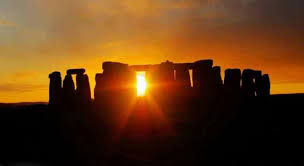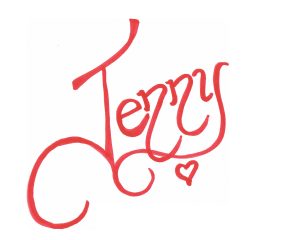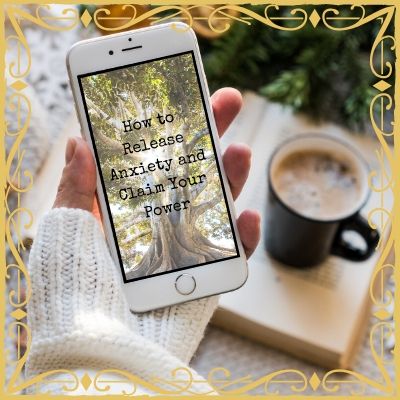 What is Summer Solstice you ask and why the heck should I give it any attention?
What is Summer Solstice you ask and why the heck should I give it any attention?
Mighty fine questions, so let’s go for a little explore. Solstice comes from the Latin words sol, meaning Sun and sistere, meaning to come to a stop or stand still. On the day of the June Solstice, the Sun reaches its northernmost position, as seen from the Earth. At that moment, its zenith does not move north or south as during most other days of the year, but it stands still at the Tropic of Cancer. It then reverses its direction and starts moving south again. The opposite happens during the December solstice. Then, the Sun reaches its southernmost position in the sky – Tropic of Capricorn – stands still, and then reverses its direction towards the north.
On a purely factual basis Summer Solstice (for those of us in the Northern Hemisphere) marks the longest day of the year and the shortest night, it’s the start of the lazy hazy days of summer. Kids are normally on summer break, families scramble to go on a holiday or camp, and a lot of time is spent soaking up the sun whilst hanging at the beach, playing in the water or hosting a summer bar-b-que. Summer Solstice both ushers in the warmest season and also a gentle reminder that the days are going to get a bit shorter. Even though the days feel longer, more languid and relaxed there is an underlying freneticism of getting outside, celebrating the sun as much as possible, as it will soon be gone.
This year Summer Solstice occurs on Friday June 21st.
Okay, so we have the facts, but what does it all mean? Summer Solstice (also known as Litha) is all about abundance, growth, expansion. It’s the celebration of the Sun! Think about it, the farmer plants the seeds in the cool of the Spring in the wet ground and as the Summer Solstice approaches things have sprouted and are reaching up as if they are doing a glorious sun salutation. It’s a time to watch the ripening and fruiting of the plants around us and our ideas.
This is a delicious inner fire/power celebration that acknowledges the abundance that grows from tiny seeds.
At Stonehenge, (which was built over 5,000 years ago) the heelstone marks the midsummer sunrise as seen from the centre of the stone circle. In ancient times, the Summer Solstice was a fire-festival of great importance when the burning of balefires ritually strengthened the sun. It was often marked with torchlight processions, by flaming tar barrels or by wheels bound with straw, which were set alight and rolled down steep hillsides. The Norse especially loved lengthy processions and would gather together their animals, families and lighted torches and parade through the countryside to the celebration site.
The use of fire, as well as providing magical aid to the sun, were also used to drive out evil and to bring fertility and prosperity to men, crops and herds. Blazing gorse or furze was carried around cattle to prevent disease and misfortune; while people would dance around the balefires or leap through the flames as a purifying or strengthening rite. The Celts would light balefires all over their lands from sunset the night before Midsummer until sunset the next day. Around these flames the festivities would take place.
In Cornwall up to the mid 18th century the number and appearance of fires seen from any given point was used as a form of divination and used to read the future. So as we can see, this celebration has been around for years upon years and has an intensity and a deliciousness about it.
So now we have facts, the meaning – how does one celebrate it? There is no right or wrong way by any stretch. However, here are a few simple ideas that aren’t overly complex.
Move your body. Welcome the sun on this longest day with a couple of sun salutations. This is a simple Yoga flow that requires you to be present and go as far as your body will allow you to go. If you are unclear as to what it looks like there are some great beginner versions on line and this will give you a glorious full body stretch (in a gentle way).
Make an altar. Pop some seashells, flowers, fruit and dried herbs on it and voila, you have created an altar. It doesn’t have to be big, or front and centre in your living room if that makes people around you uncomfie. Your altar could be those cool rocks you picked up over the last year all gorgeously stacked on your kitchen counter.
For more ideas, herbs, energy, rituals, guided visualisation and spells thus a deeper dive into Summer Solstice there is a glorious downloadable pdf for my most amazing community.
I call it your Summer Solstice B.O.S.S Enjoy!


Hello Jenny,
I so enjoy your weekly blog posts, and I was very much looking forward to your Summer Solstice PDF download. But unfortunately, it is password-protected and I don’t have the password, so I can’t open it.
Is there a fee involved, or would it be possible for you to unlock the PDF and re-post it?
Thank you.
Christin, I hope you got my email and were able to access it.
Same thing here!
Okay! Lol. Not too sure what that means.
Wow, thank You so much for this magical message and information! I wish You a Most Amazing summer solstice
Thank you so much Kirsty. Blessings.